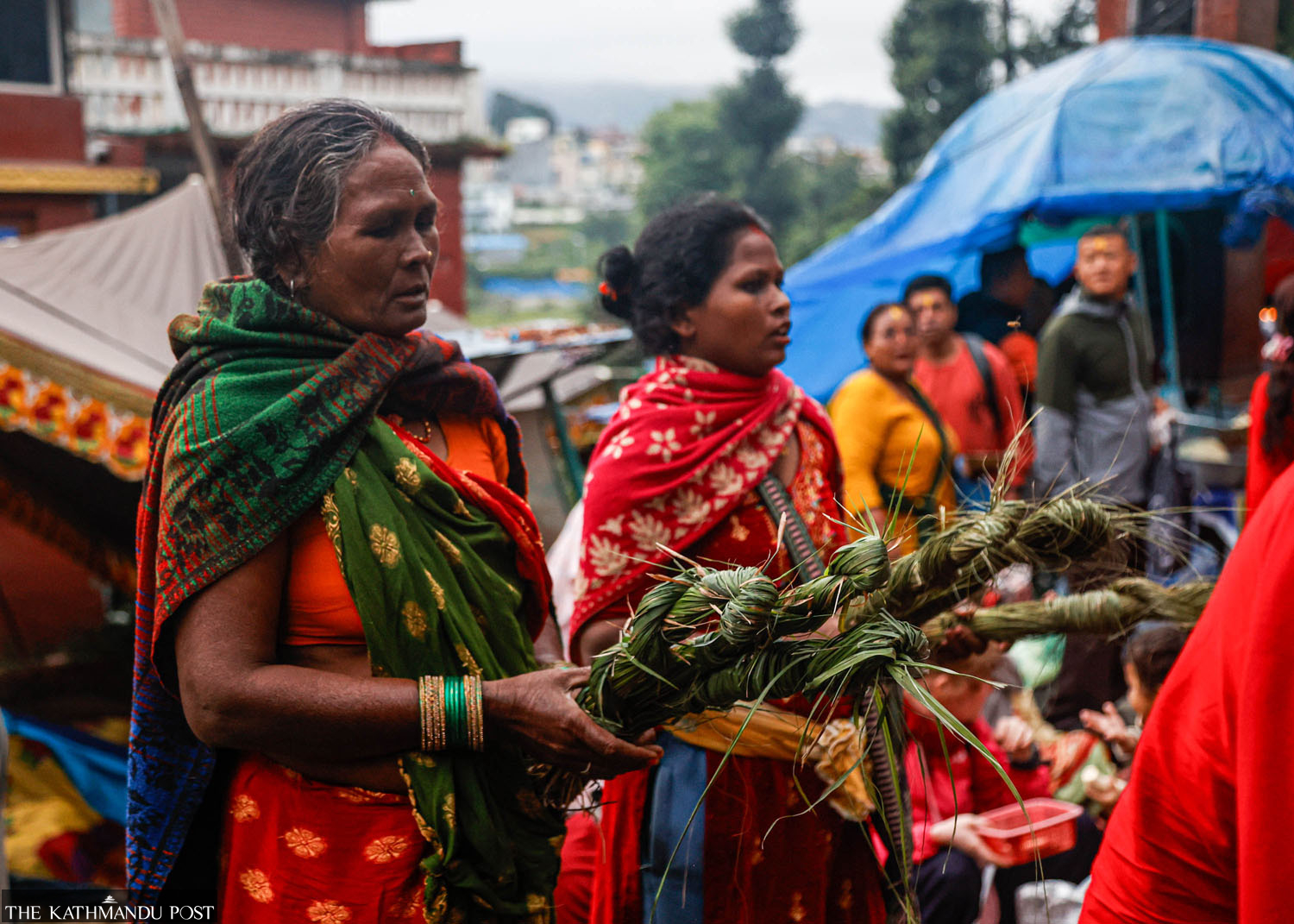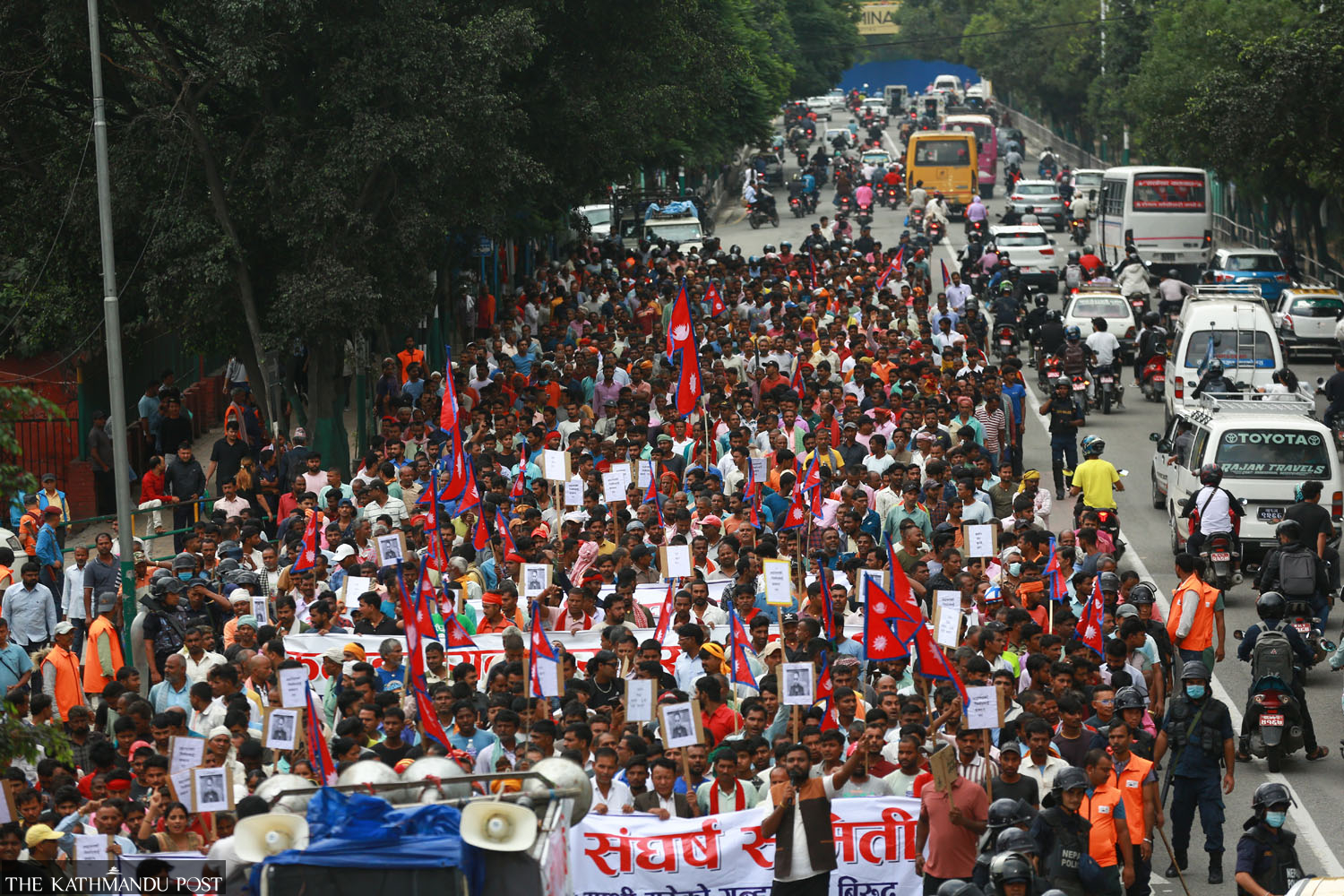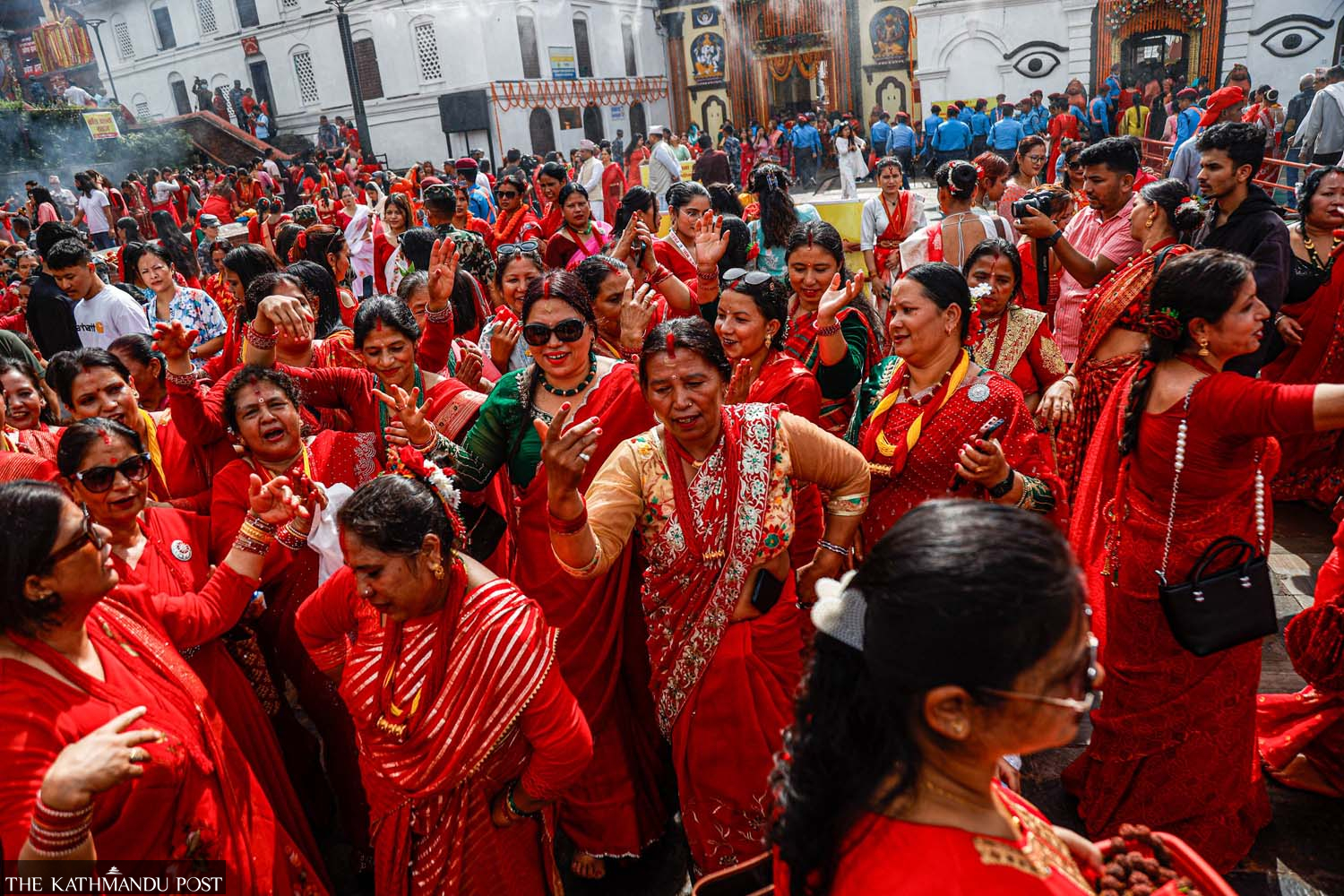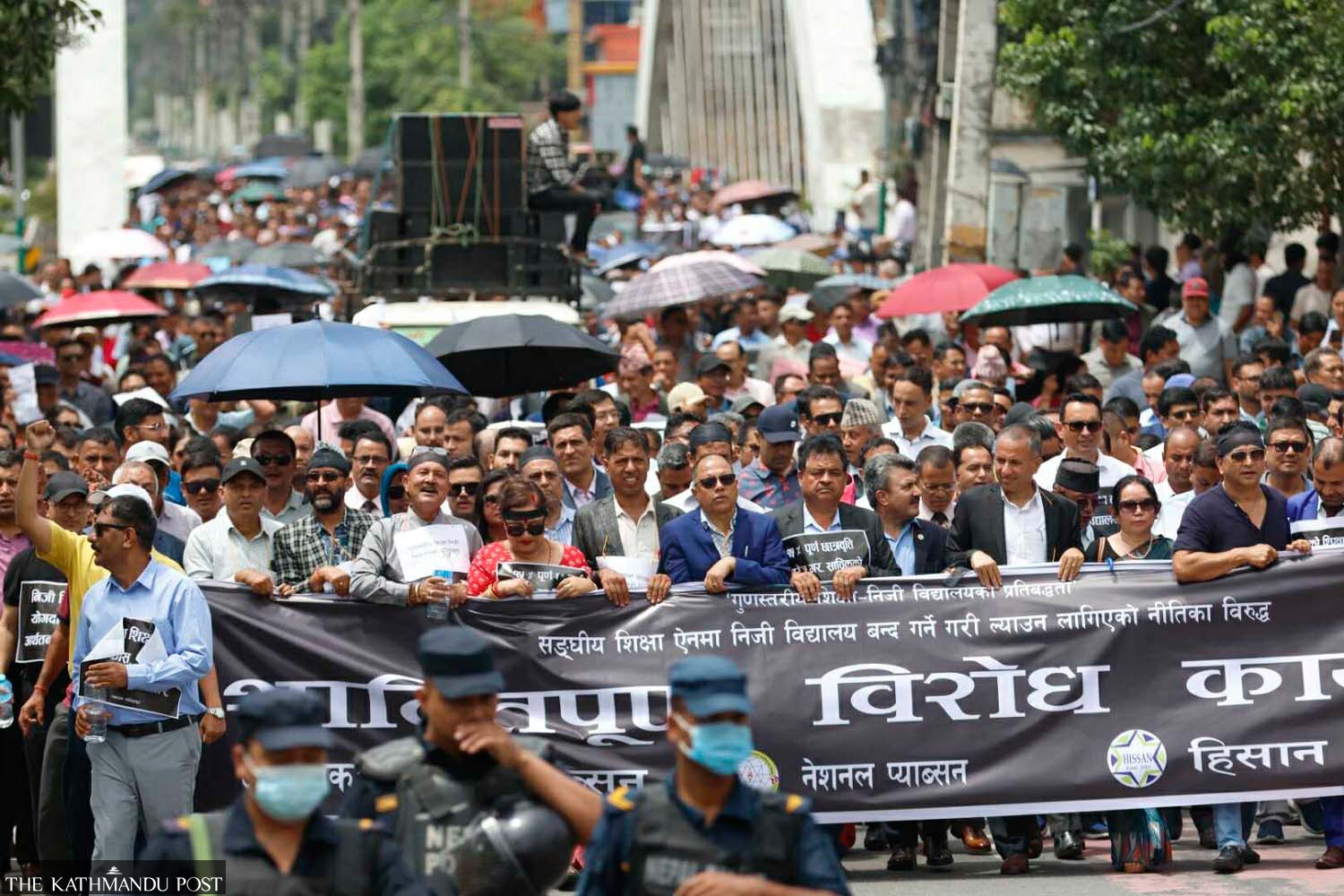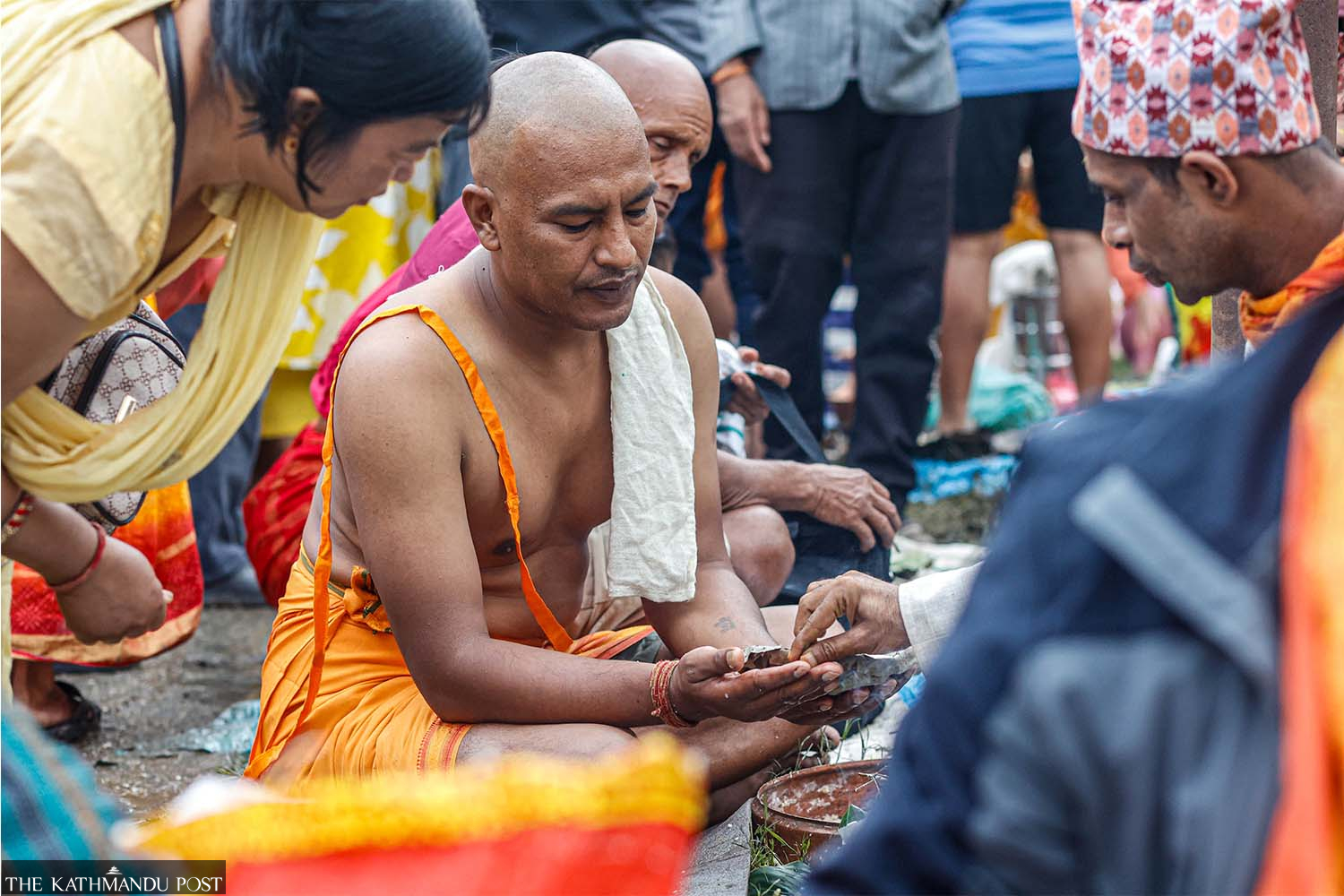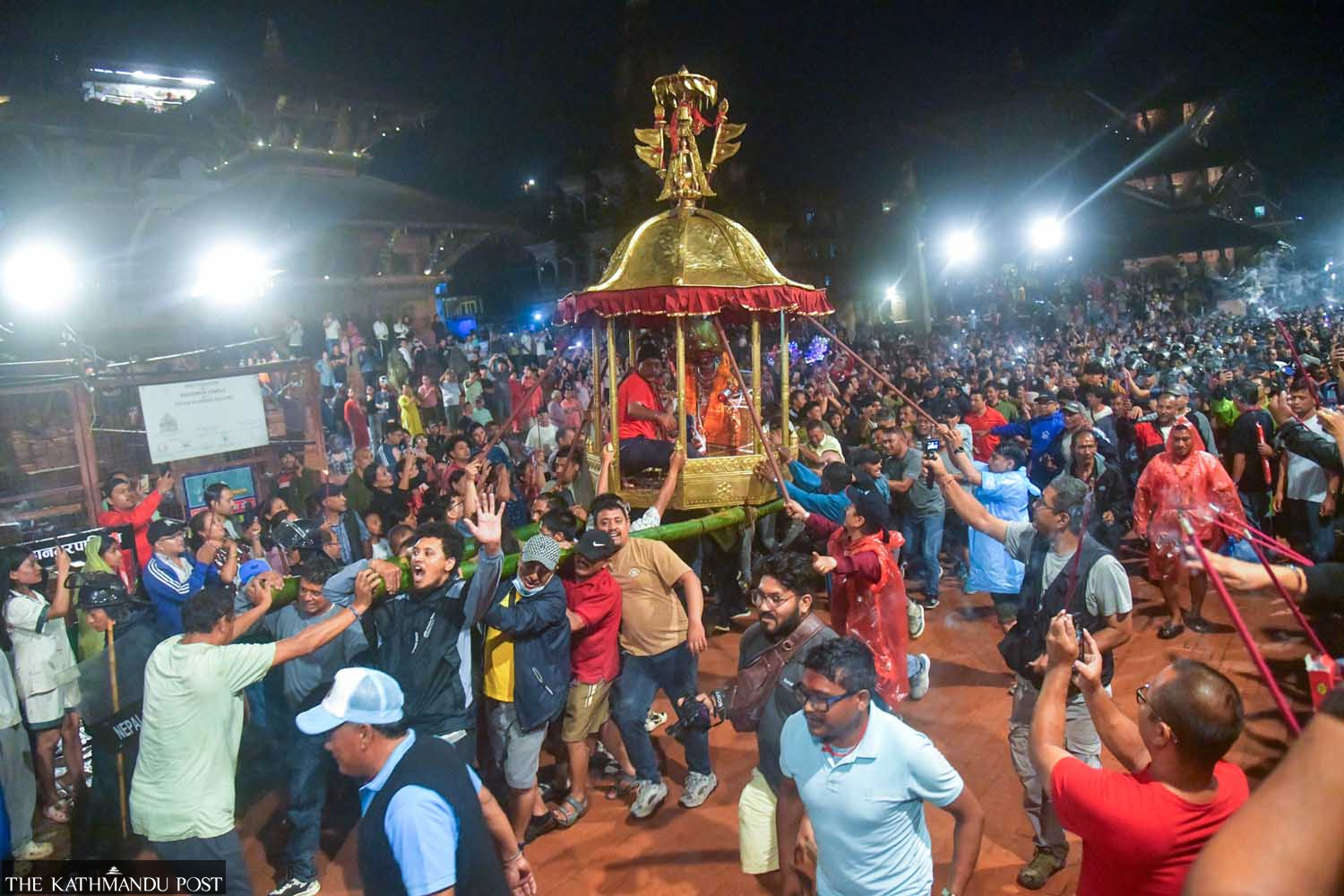Visual Stories
Monsoon looms as BP Highway remains in disrepair after last year’s floods
With makeshift road still in use and steep climbs posing accident risks, locals and drivers face renewed danger as rains begin.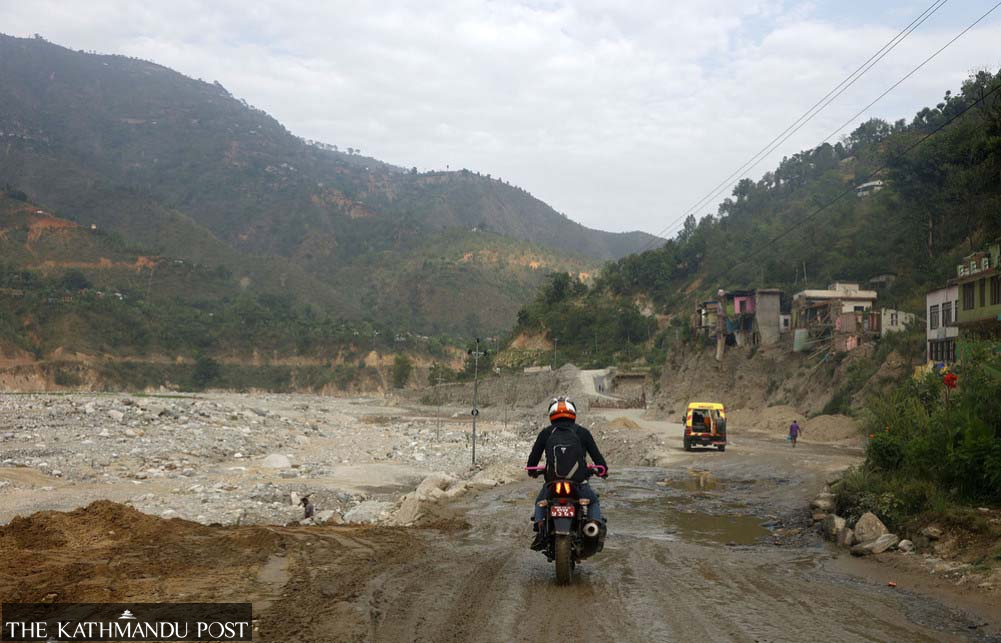
Bimal Khatiwada
As the monsoon season begins, the BP Highway continues to suffer from the aftermath of last year’s floods and landslides, particularly in the Chaubas–Nepalthok section of Kavrepalanchok. Temporary repairs have allowed vehicles to pass, but poor road conditions and steep gradients remain a serious threat to safety.
A section near Chaukidanda, where floodwaters destroyed the original road last October, now relies on an improvised route built below the damaged portion. Authorities have installed gabion walls and dumped large stones to support a narrow, temporary road—vehicles now navigate the stretch with caution, especially during wet weather.
On Tuesday, a pickup van from India’s West Bengal carrying jackfruit to Kathmandu overturned while ascending a steep incline in the Chaukidanda area. The vehicle’s driver, Niron Sarkar, sustained minor injuries. According to local traffic officer Assistant Sub-Inspector Rohit Humagain, the crash highlights recurring risks posed by the steep and unstable road gradient.

Durga Prasad, an engineer with the Bhaktapur Division Road Office, said the problematic incline remains one of the highway’s most hazardous points. “The road’s gradient is poorly aligned, and we are working to improve it,” he noted. The stretch above the temporary road remains severely damaged, with tarmac washed away in the October disaster.
The worst-affected portion spans 11 kilometres between Kavre Bhanjyang and Nepalthok, where floods and landslides tore through the terrain. Of this, 8.7 kilometres were directly washed away by the Roshi River. Authorities have divided the damaged section into four contract packages—three in Kavre and one in Sindhuli—for repair and reconstruction.

Japan International Cooperation Agency (JICA) has agreed to carry out reconstruction on 3.2 kilometres between Dalabesi and Barkhe Khola. Contracts have already been awarded for other key segments, including Nepal Thok to Barkhe Khola and Dalabesi to Charsayabesi.
Despite this, actual progress on the ground remains limited. With the rains returning, concerns are growing that the temporary measures may not withstand prolonged downpours.
Locals and regular highway users worry that, without urgent reconstruction and slope stabilisation, the region may again face road blockages, vehicle accidents, and isolation during peak monsoon.
As the monsoon advances, residents and travellers are left hoping that the patchwork solutions hold—until lasting repairs finally arrive.
Here are the photos from the Post's photojournalist Hemanta Shrestha.
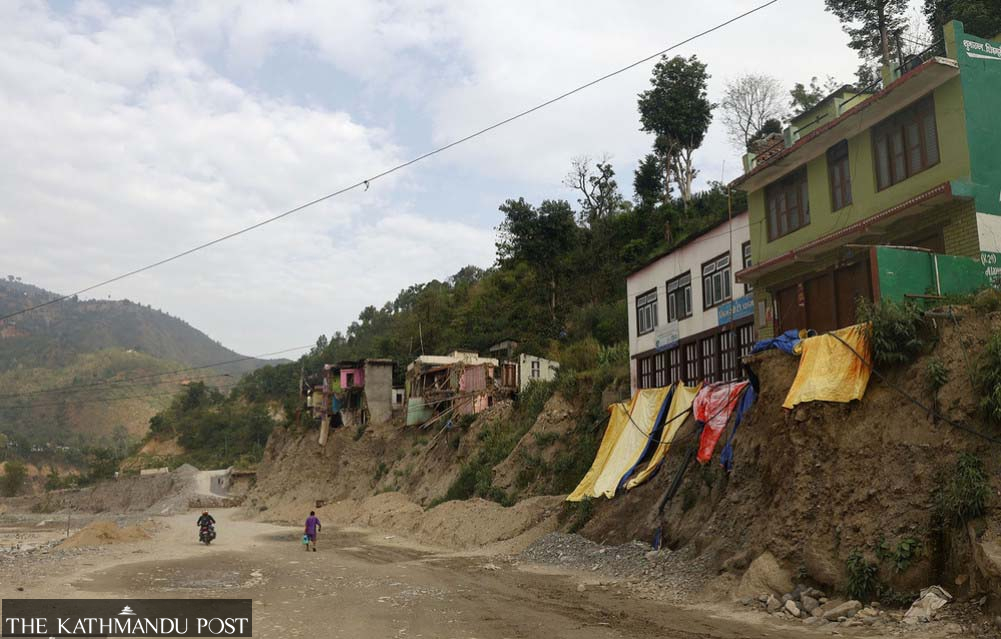
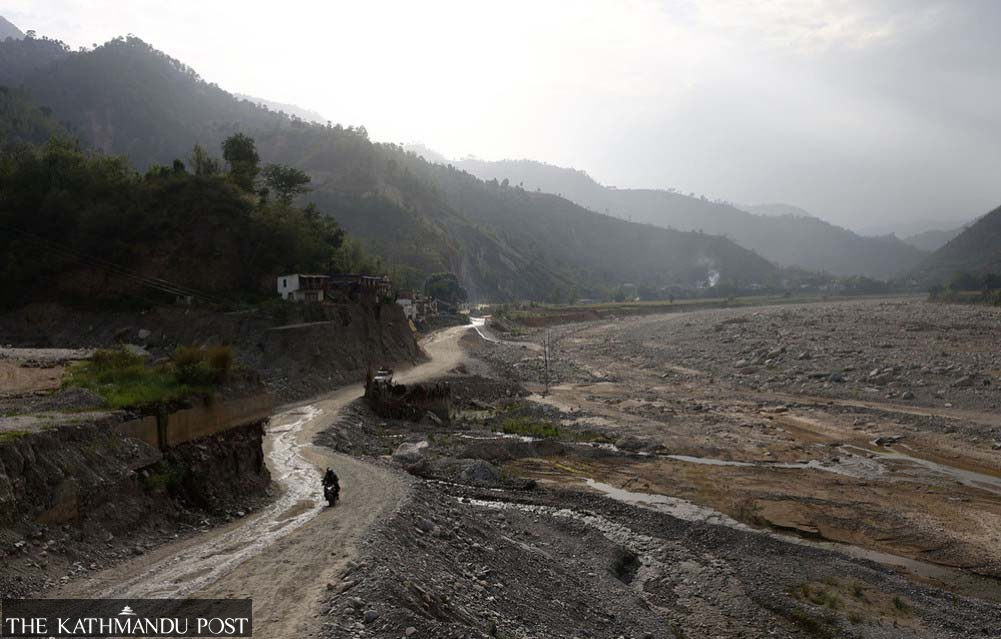

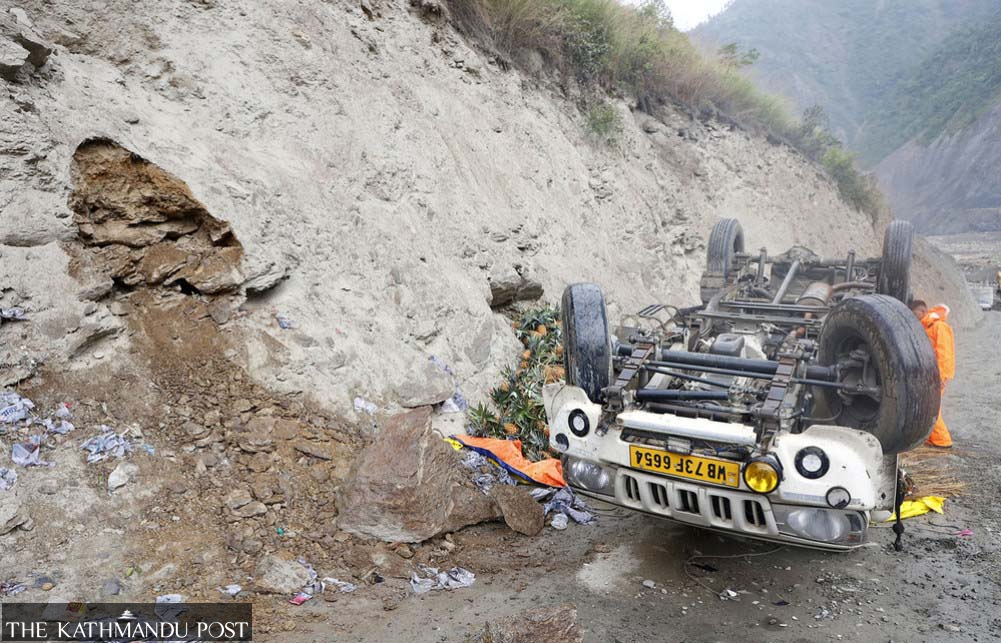
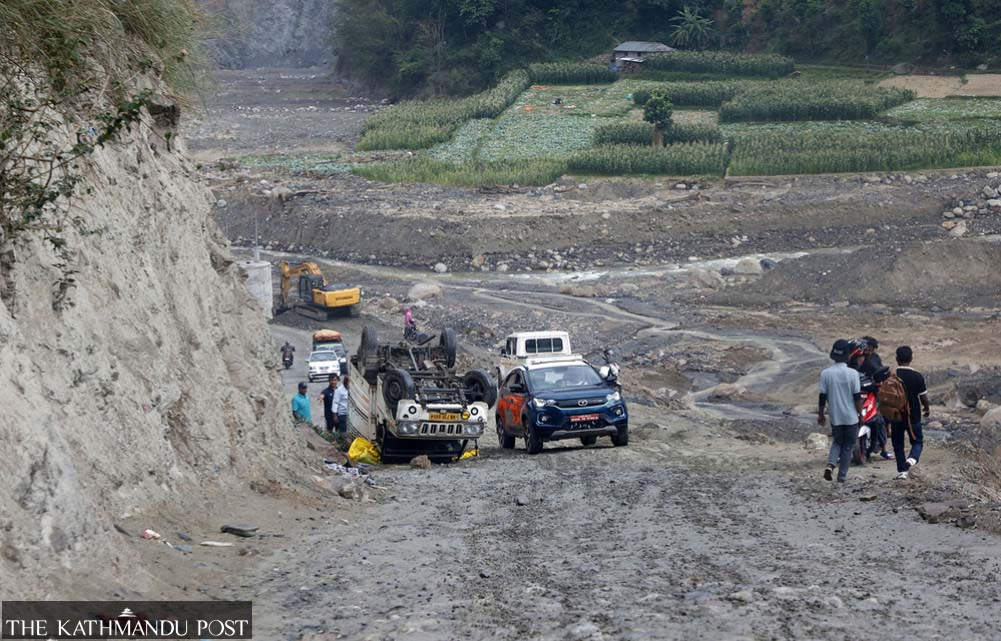
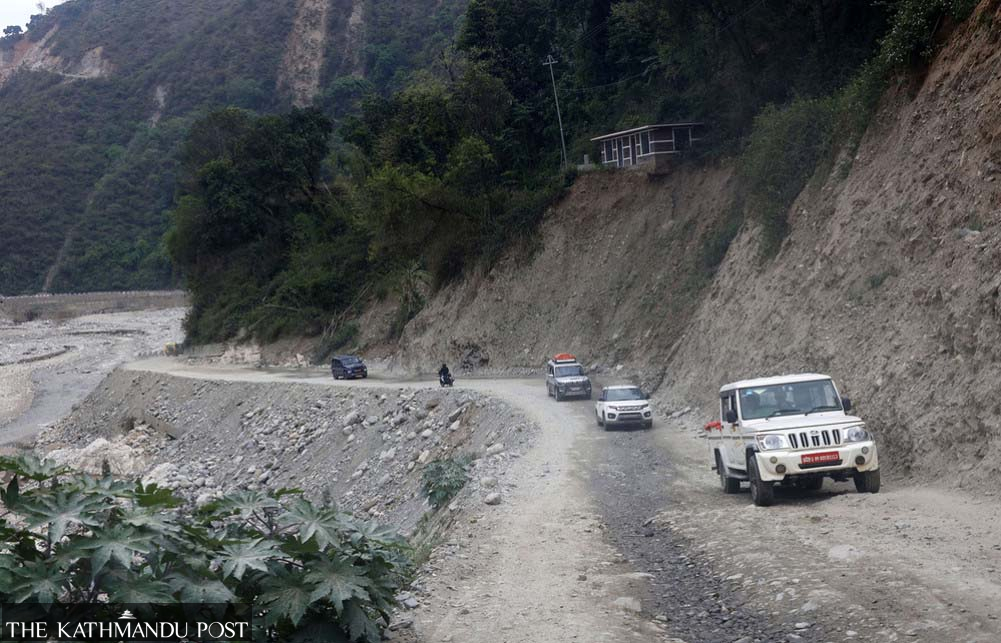


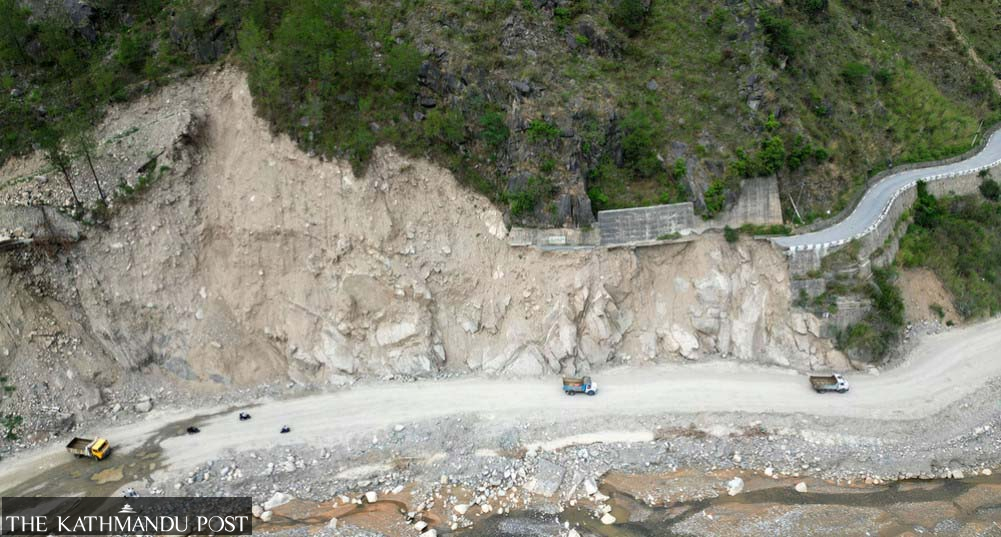
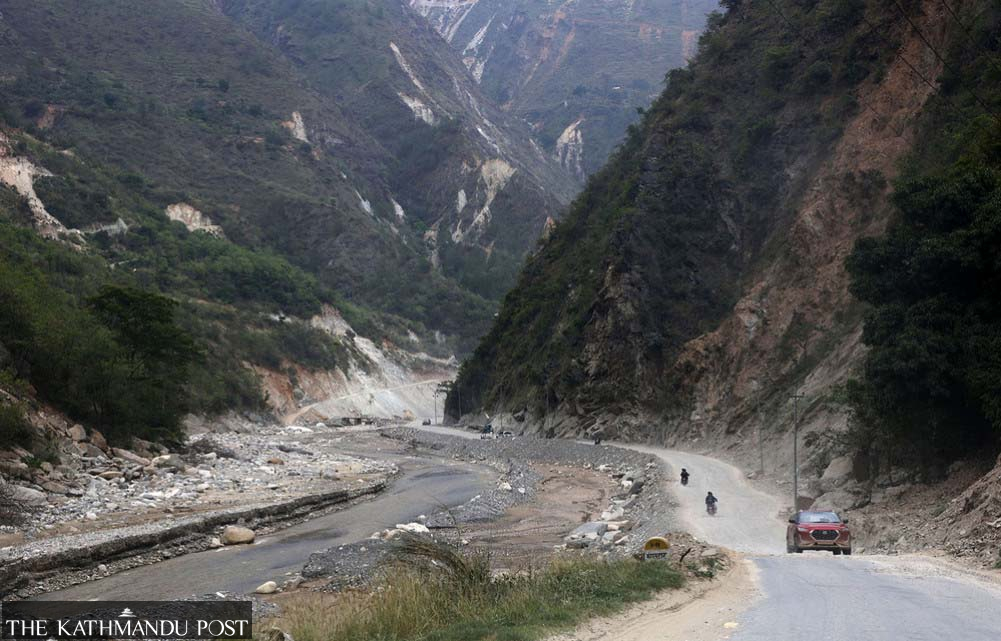




 19.38°C Kathmandu
19.38°C Kathmandu


